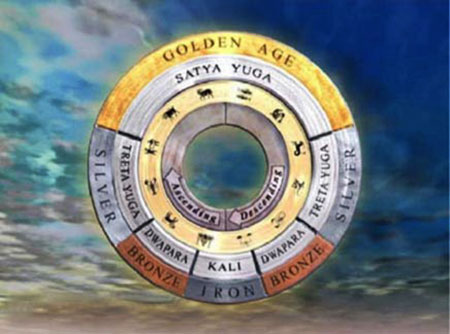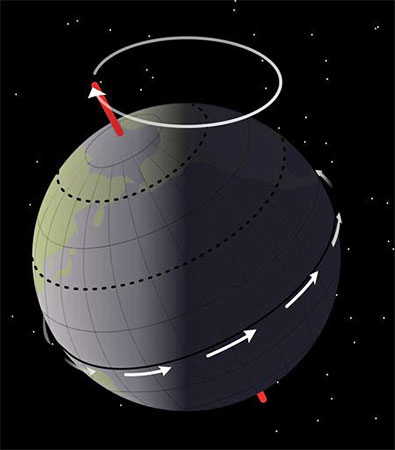|
from Ancient-Origins Website
Today we know it as one "precession
of the equinox," an obscure astronomical motion, and most
consider the Golden Age to be just a myth.
An increasing amount of scientific
evidence suggests that long before the Dark Ages, mankind had a deep
understanding of astronomy, mathematics, holistic healing, and a
profound ability to live in "tune with nature."
with alternating Dark
and Golden Ages.
Restructuring the
Solar System
Mike Brown, an astrophysicist at Caltech, famed for killing Pluto by his discovery of so many of these minor planets, was the first to note that Sedna cannot exist in its current position without the gravitational help of some unseen body.
The discovery of Biden only underlines this point and heightens the quest for a large mass affecting our solar system.
But where and how big?
They have concluded that because Biden
and Sedna are not large enough to exert much influence on each
other, they must be kept in their place by not one but two large
undiscovered planets that each has a mass of at least ten times that
of the earth.
The Binary Research Institute has long
hypothesized that there must be another large mass, most likely a
companion star, that affects our solar system.
In such a model the orbits of these dwarfs are not unexpected.
While the Spanish astronomers are not
saying the mass affecting our solar system is a companion star,
their assumptions concerning the large mass and great distance of
their hypothetical planets, are clearly moving us in BRIís
direction. Year by year mainstream astronomy is getting closer to
the idea there must be
something big out there, and it
is influencing our solar system in ways heretofore unknown.
The most confirming fact from a Great Year perspective is that the orbital periods of these new dwarf planets are in resonance with known Great Year periodicities. And the Spanish astronomers are indeed talking about these resonances.
Planets or moons moving in resonance
with one another are a sign of gravitational influences and an
indication that these bodies have been dancing together for very
long periods of time - and not just due to some random star passing
by disturbing a planet out of its orbit.
For example, Sedna orbits the sun in 12,000 years, once per Yuga or twice per Yuga cycle (one complete precessional cycle after applying Keplerís laws to the current observed rate of about 25,770 years). And Bidenís orbit is in a 3:1 ratio to Sedna, meaning it orbits the sun three times per Yuga, and six times in a complete Yuga cycle.
For those that study planetary
resonances and understand the Great Year cycle, this supports the
24,000-year precession cycle to a tee!
Precessional movement
of the Earth.
From the point of view of this Yuga observer that "structure" will eventually be found to contain a mass equivalent to a companion star.
This mass, which along with our sun, appears to complete one revolution through the constellations of the zodiac in about 24,000 years. Please note, we mention the zodiac here only because it serves as a way to measure the observed motion of the sun as it moves through the sky.
The sun, observed at the same time each year, can be seen to move through these twelve constellations at the rate of about 2000 years each.
The pieces are coming together!
Just as the celestial driven cycles of
day and night, every 24 hours, and of the seasons, every year, cause
an ebb and flow that affects all life, so too would there finally be
a known celestial cause for the heretofore mythical Great Year.
Small planets do matter.
|




